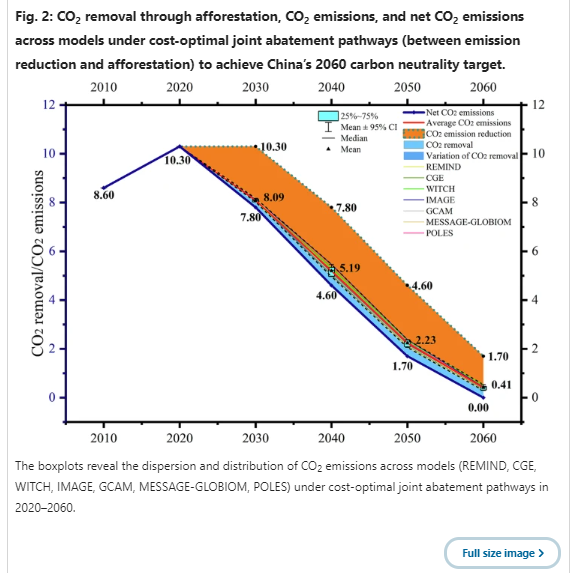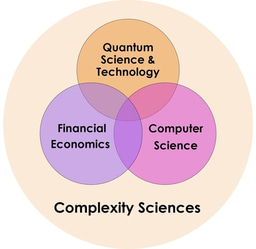Optimizing afforestation pathways through economic cost mitigates China’s financial challenge of carbon neutrality
Published in Social Sciences and Earth & Environment
Carbon removal and emission reductions simultaneously play a decisive role in carbon neutrality. Yet, different from the structural upgrades in emission reduction, carbon removal through afforestation often heavily relies on specific geographical space. Although carbon neutrality pathways that overlook spatial details play a significant role, the challenge of spatiotemporal equilibrium linked with carbon neutrality exacerbates the economic risks of joint abatement by both parties. Here, we assessed cost-optimal pathways for afforestation in China up to 2060 by incorporating marginal abatement cost curves derived from spatial decomposition of afforestation into a dynamic multi-model analysis of joint abatement. Our findings reveal that afforestation needs to play an increasingly important role in climate mitigation from 2020 to 2060, while the share of emissions reduction needs to gradually decrease.





Please sign in or register for FREE
If you are a registered user on Research Communities by Springer Nature, please sign in